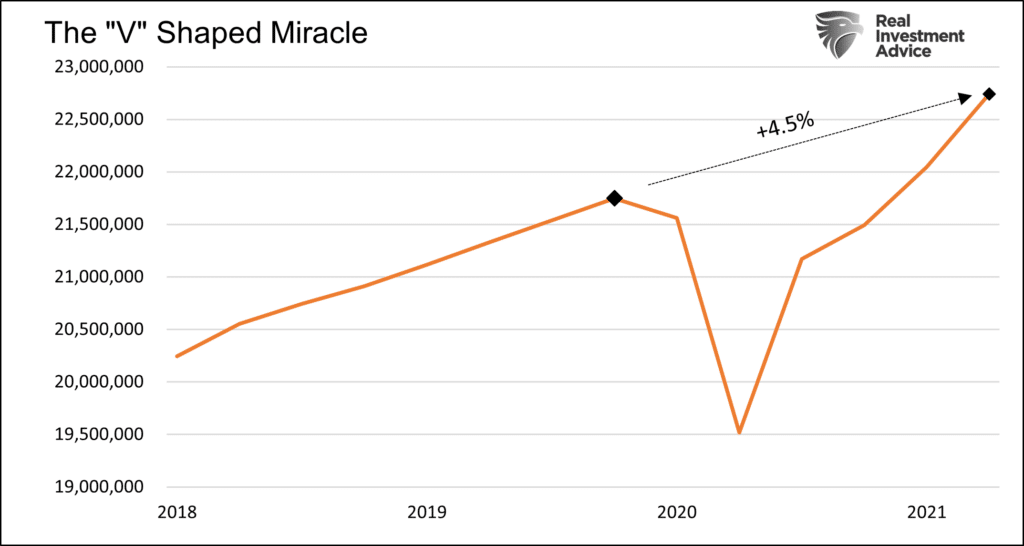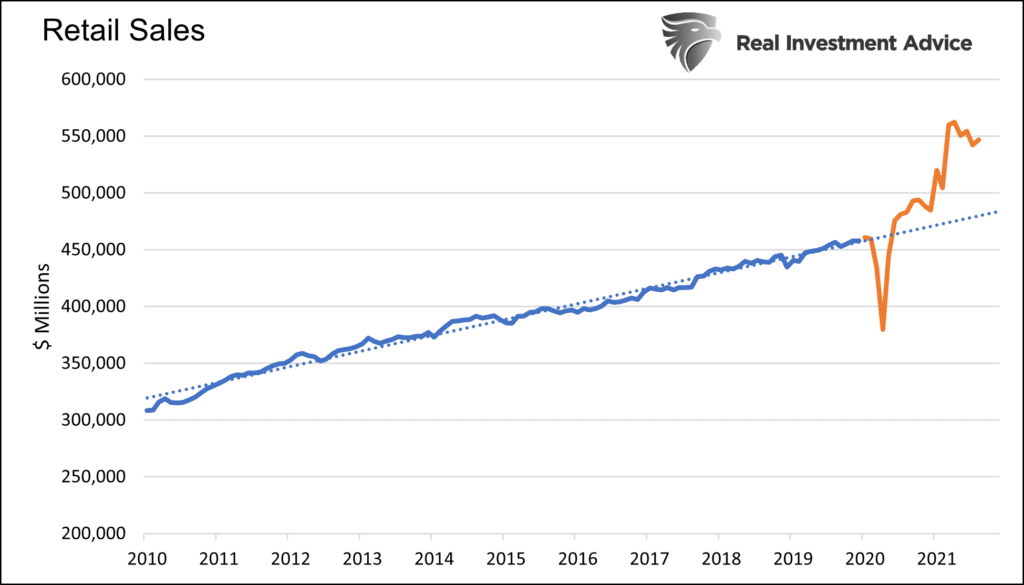There are advantages to learning about history. One of the big ones is that patterns repeat themselves across historical time, and if you know what happened just before other societies went through the important inflection points in their life cycle, you can tolerably often figure out when one of those is about to happen in the place and time where you happen to be living. I was reminded of this last week when news dispatches from Afghanistan started showing up in the news aggregator sites I watch.
Afghanistan, in case any of my readers spent the last twenty years living under a rock, was invaded and mostly conquered by the United States in late 2001. Officially, this was in retaliation for the terrorist attacks that year; in the world of unmentionable facts, it was one of two beachheads established as part of the Bush II administration’s monumentally stupid attempt to conquer and pacify the Middle East—the other was of course Iraq. A puppet Afghani government was duly installed and propped up by a steadily increasing expenditure of American dollars, munitions, and lives, while the US military went through the usual pantomime of nation-building and the corporate media took turns alternating between fawning over the latest imperial project and pretending to disapprove of it.
By 2016, however, the great majority of Americans were sick of this and other “forever wars” pursued by our elite classes. Revulsion against Hillary Clinton’s enthusiastic cheerleading for a new war in Syria was thus one of the factors that gave Donald Trump his narrow win in that year’s election. I predicted in early 2021, once it became clear that Joe Biden had scraped out an equally narrow win in the 2020 election, that his administration would quietly copy as many of Trump’s policies as Biden’s handlers thought they could get away with…
…click on the above link to read the rest of the article…








